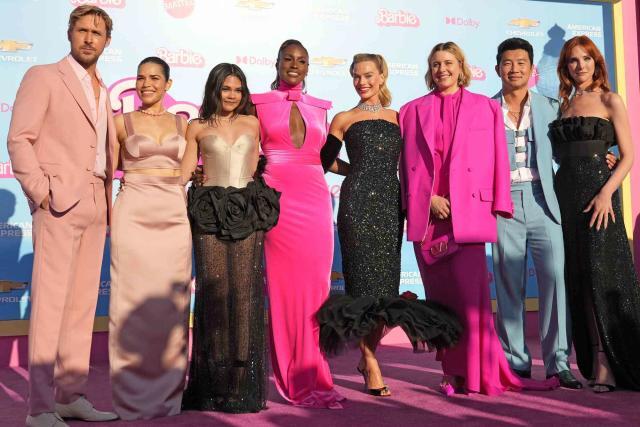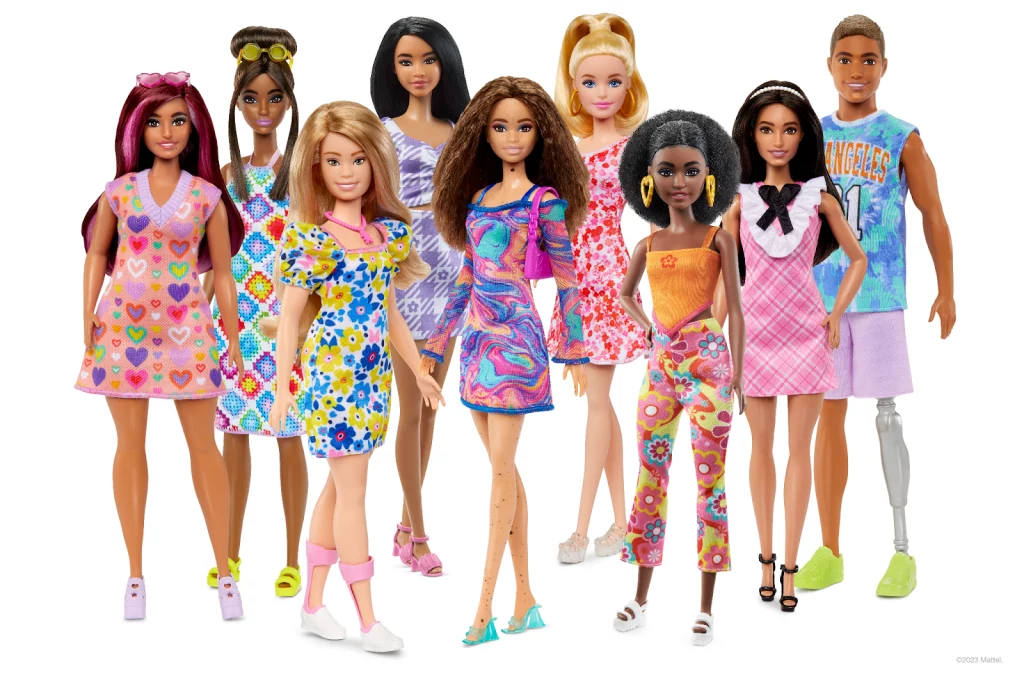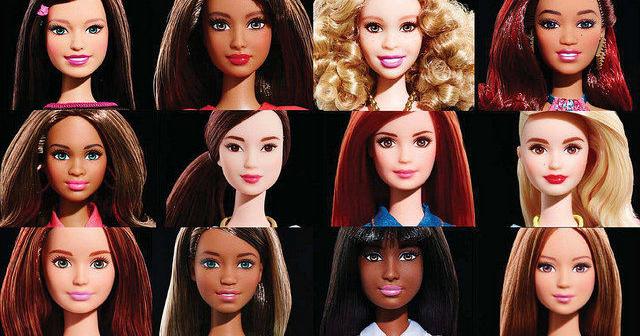Andhadhun: A Retrospective
Bollywood's thrilling fusion of what the blind man saw and the boy who cried wolf.
Incluvie Foundation Gala - Learn More


This article is in direct response to Atreyo Palit’s Negative Reactions to ‘Barbie’ Reveal the Pressure of Representation. My intention is to explain what accusations of white feminism entail and show what a more nuanced response might look. I greatly respect my fellow Incluvie writer and friend.
Barbie is a billion dollar film that has set the cinematic world ablaze. There are nonsense “hot” takes aplenty: Barbie is apparently the harbinger of the end to the superhero film era, traditional masculinity, and “serious” filmmaking among other things. Suddenly the success of films that rely on brand recognition and marketing aren’t “real” successes, but films riding on an actor’s star power or director’s prestige are apparently A-OK! There are also those who seem to suddenly have developed false meritocracy and decided that a film grossing a billion dollars is proof positive of its technical mastery. I say all this to say that nonsense critiques motivated by powerful concoctions of ignorance and political motivations come with the territory of predatory capitalism, the Dunning-Kruger effect, and patriarchy.

However, pointing out the white feminism aspect of Barbie is a valid observation (an argument of it being a critique is not my position but it is understandable). Firstly, white feminism is another aspect/term for mainstream feminism. Like most western things, mainstream feminism is tied to the feminism of traditional cishet white people, in this case specifically, white women. It is not mean-spirited nor misinformed to point out the centering of whiteness in mainstream feminism. The streamlined #GirlBoss digestible feminism of Barbie mirrors mainstream feminism. This acknowledgement does not diminish the great works of feminists who happen to be white whom understand intersectionality and issues beyond the surface of mainstream feminism. Everyone is the center of their world, but not everyone’s world has been centered. Along with privilege comes critique. It may be natural for cishet white women to center themselves in their feminism, but it is also natural for women and femmes outside that tiny sliver to address their general erasure.
The nuance of intersectionality introduced by Black feminism (often nicknamed the Voice of the Voiceless Voices) is its hallmark. When critics observe that Barbie displays white feminism, they are simply pointing this out to viewers the same way one might mention gore, overt religious overtones, or other aspects that will affect one’s viewing experience. To the extent that some critics argue this observation as a critique, it is a strong stance in the context of the unending centering of white women in the feminist landscape. It is valid to say that this film is in the perspective of a cishet white woman. It is valid to say that the movie goes for a streamlined #GirlBoss / Pink Boss aesthetic in lieu of a graduate school level rendering of feminism. Personally, I simply say that movies are not essays when people complain about commercial products failing arbitrary academic rigor tests (unless people champion said film as a triumph of some field, than all bets are off and critique is warranted).

This reminds me of the ways that people sometimes get bent out of shape if you call a show starring nothing but white / white-passing people a “white” show. Yet, these same people have no issue calling things Black shows, Indian music, Iranian cinema, chick flicks, gay movies, and the list goes on. It is this knee jerk reaction to defend whiteness (a defendant who is in no danger and does not need it) coupled with our learned behavior of seeing whiteness as a default in many sociopolitical contexts that I find frustrating. It is often directly tied to the way we see white people as individuals and everyone else gets racialized. That’s why Friends is a show and The Fresh Prince of Bel-Air is a Black show.
White feminism and other lenses of white people are not bad, they just have their limitations like anything else. I have had this exact same conversation with white men about white women, Black men about Black women, Americans about immigrants, and many other groups. Barbie has a white feminism lens. We need to be ok with acknowledging that. Mainstream feminism is like level one and benefits all, but some need deeper levels for their more complex problems. BIPOC and/or queer and non-binary women need intersectionality within their feminism for a wholistic approach. This article can not begin to approach the nuance of this topic, and like Barbie, it should be a jump off point.
An observation of white feminism is not some charge that being a white cishet woman is a crime. It is an acknowledgement that a film follows the typical mainstream narrative and a clue that those of us who are less enraptured with such things should proceed with reasonable expectations. The inclusion of Issa Rae and others made me think the film might have more nuance than it does, but that’s ok. In this respect, the sections on white feminism and basic feminism in Atreyo’s article are one in the same. They should have been critiqued by simply saying that not every film can cover all aspects and that commercial products are not the place to find academic analysis. They are jump off points.

This was also pointed out in MG Scott’s The Case of ‘Rise of the Pink Ladies’ and ‘A League of Their Own’: When Will Hollywood Give Sapphic Shows Their Due? MG points out that white (or white-passing/ambiguous) cis gay men enjoy privilege in queer cinema. They are the most explored and portrayed stories in queer cinema, often in a streamlined trope-heavy fashion: 1) sassy gay friend to a straight or straight-passing main character, tragic out-of-the-closet story, raunchy comedy, or dramatic love story. Similar to Barbie, many queer POC have pointed out this oversaturation and oversimplification of the collective queer experience. Importantly, MG also points out that this critique does not diminish their stories or call for an end to their representation. The understanding is that more for others is not less for the former. We want more expression of everyone. Calling out white feminism in Barbie falls in the same vein.
Many people who point out white feminism in films centering women still enjoy those films. For example, many Black folks pointed out the unfairness of the creator of Friends “borrowing” the comedic set-up of Living Single (about 6 Black friends). This was followed by the network pumping all its resources into the show in a morally dubious, but white-centered capitalist mediascape belief that 6 single white friends were a better selling point for a TV show. And guess what, even with the problematic history that many involved with the show are only just now mentioning, many Black people still love Friends (I’m not one of them, Living Single all day over here)!”
And just like with Barbie, it turns out they were right about Friends, it was a smash hit. The question is though, what does that say about us as a society globally that execs are routinely rewarded for Barbie and Friends in a world full of 95% Brown people?
Recommended Readings: Misogynoir Transformed: Black Women’s Digital Resistance by Moya Bailey, Digital Black Feminism by Catherine Knight Steele, and Sometimes I Trip on How Happy We Could Be by Nichole Perkins.
Related lists created by the same author
Bollywood's thrilling fusion of what the blind man saw and the boy who cried wolf.
Related diversity category
Welcome to the first episode of the Incluvie Movie Highlights! We shine a spotlight on our favorite new movies that stand out for diversity and identity. Is Everything Everywhere All at Once too weird, or just the right amount of weird?
Related movie/TV/List/Topic
This 2023 film serves as the final chapter of the Indiana Jones franchise.